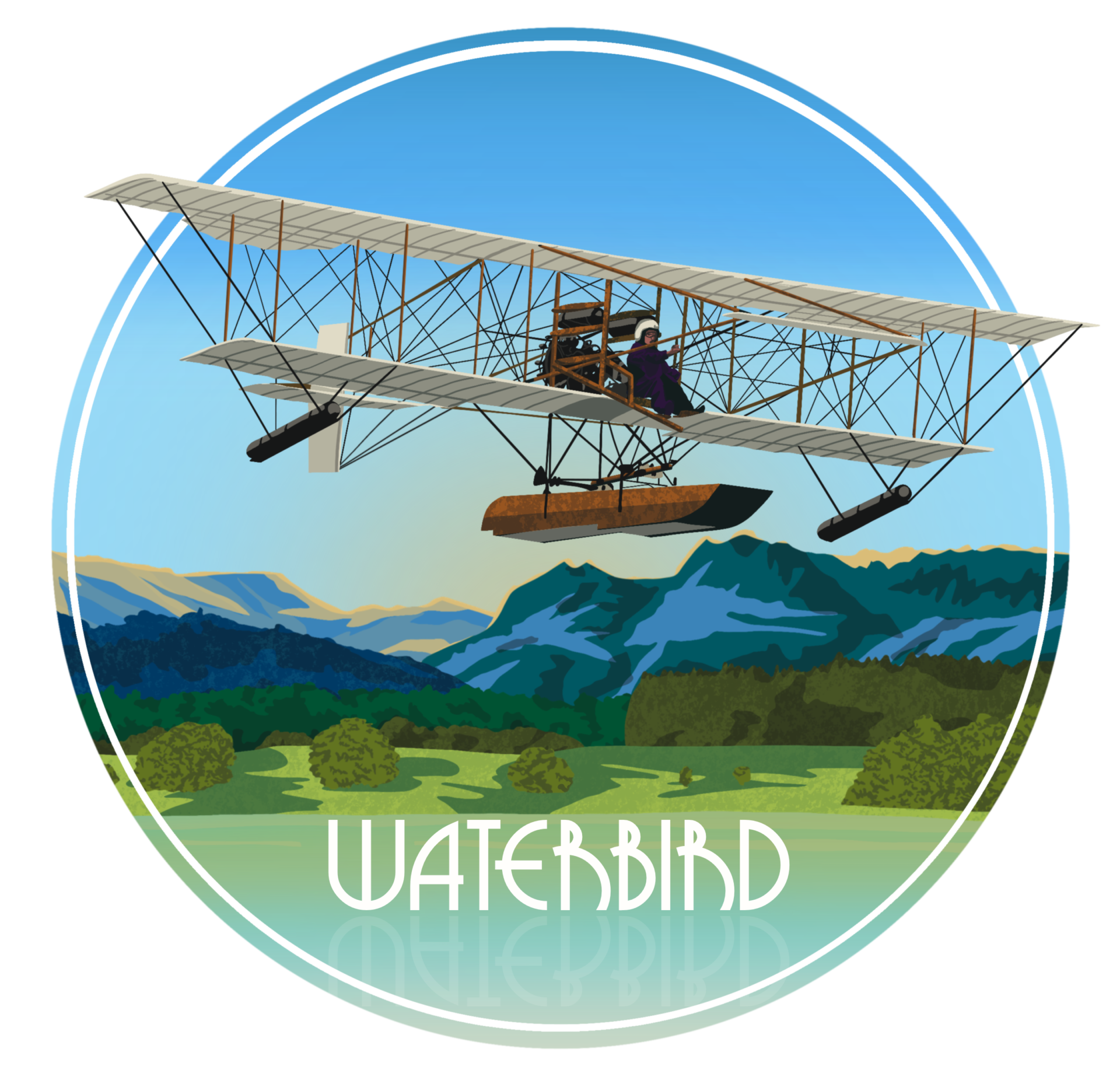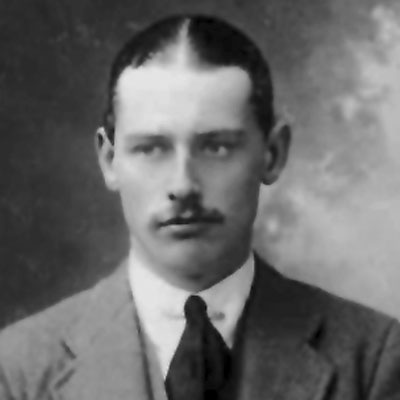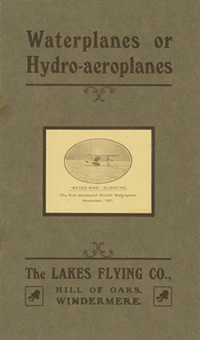Major John Frederick Arthur Trotter, OBE (1887 – 1955)
On 9 September 1912, John Trotter, a 2nd Lieutenant in the Royal Field Reserve Artillery from Frome, Somerset, became the first pupil to receive a lesson with The Lakes Flying Company, the first British hydro-aeroplane school. On 12 November, he was awarded an Aviator’s Certificate, the first Certificate with the tests accomplished on a hydro-aeroplane.
Trotter’s progress was reported in The Aeroplane magazine:-
- 16 September: Good straights and fair turns
- 17 September: Practising in the afternoon
- 18 September: Long flights, sometimes 200 to 300 feet up, and doing figures of eight
- 20 September: Good figures of eight
- 30 September: Gave half an hour’s exhibition to Lord Rayleigh, President of the Advisory Committee for Aeronautics
- 4 October: Long practice flights
- 8 October: Useful practice
- 10 October: Flew several times
- 11 October: Went through all the tests, but the necessary observers could not be secured
- 12 October: Major Robert Brocklehurst and the Reverend Sidney Swann (Vicar of Levens 1912-1914) were secured as observers, he did five figures of eight round mark boats, and the height and alighting tests with flying colours.
On 12 November, he was granted Royal Aero Club (‘RAeC’) Aviator’s Certificate No.360 – please see the RAeC’s index card at the top of this page. This was the first Certificate not only with training ab initio but also the tests taken on a hydro-aeroplane.
Trotter had been taught to fly on Waterhen, at a cost of £60. On 10 October 1912, he took part in the first air race over Windermere. That is, against Herbert Stanley Adams flying Seabird, who was the winner. The final Hydro-aeroplane Certificate awarded at Windermere, on 16 August 1916, was also after the tests had been taken on Waterhen.
Oscar Gnosspelius was requested by Trotter to design him a two-seat hydro-aeroplane, which was built by Borwick & Sons. In The Aeroplane magazine of 10 April 1913, it was commented that ‘Mr. Trotter is getting well on with a large and powerful machine on the newest and most approved lines’. The Gnosspelius-Trotter biplane (Note the side-fitted radiators) was launched on 8 September 1913, but the last flight was made on 11 November.
Trotter flew Gnosspelius No. 2, attaining a Windermere then record height of 1,000 feet on 4 July 1913, and making his best flight on 4 November when he flew from Hill of Oaks to Ambleside and back. His last recorded flight was on 11 November, when he flew Gnosspelius No. 2 for about 20 miles.
Jumping Out of an Aeroplane in Flight
On 7 July 1913, Trotter was intending to land Gnosspelius No. 2 at Parsonage Bay, some 200 yards offshore, when he misjudged the descent rate. Realising that he could not regain control, he jumped from a height of 12 or 15 feet seconds before the hydro-aeroplane hit the surface. Rescue came from an approaching motor-boat. He only sustained a cut on the chin, and damage was limited to a broken propeller. This ‘mishap’ was reported in the Westmorland Gazette, 12 July 1913. – A piece of the propeller, and the engine, are exhibited at the Lakeland Motor Museum.
He was not the only pilot associated with Windermere to have jumped from an aeroplane! Flight Commander John Cripps commanded Royal Naval Air Station Windermere from May 1916 until January 1917. He was previously Senior Flying Officer at RNAS Great Yarmouth. On 9 September 1915, he had been flying a Royal Aircraft Factory B.E.2c at night to intercept an airship raid when the engine stopped. He was unable to make out the ground because of darkness and mist. Concerned that bombs on board might explode on impact, he jumped. He was unhurt, and there was very little damage to the aeroplane.
Accident survivability was an attribute of hydro-aeroplanes. For example, on 10 February 1912, Hugh Robinson had jumped just before his Curtiss hit the water at Antibes, near Nice, France and was unscathed.
Having witnessed aeroplane accidents on land, it was Edward Wakefield‘s foresight in 1909 that it would be safer to land on water.
World War 1
Trotter served in France during World War 1, but his service record shows no mention of aviation. He was awarded the Order of the British Empire in 1916 for services with the British Expeditionary Force.
– John Trotter’s father was William Sampson Trotter, a Lieutenant in the Royal Artillery. William’s brother Ernest Balfour Trotter was the grandfather of Hugo Trotter (1923-2024). Hugo won the Distinguished Flying Cross, for flying Avro Lancaster bombers when based at RAF Wickenby airfield in 1944 which is where the replica Waterbird was built and flight-tested as a landplane, and also the Légion d’honneur.


